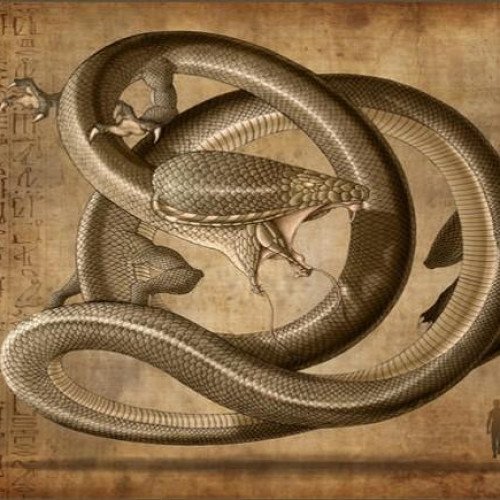Apep VS Oni

Apep
Apep ( or ; also spelled Apepi or Aapep) or Apophis (; Ancient Greek: Ἄποφις) was the ancient Egyptian deity who embodied chaos (ı͗zft in Egyptian) and was thus the opponent of light and Ma'at (order/truth). He appears in art as a giant serpent. His name is reconstructed by Egyptologists as *ʻAʼpāp(ī), as it was written ꜥꜣpp(y) and survived in later Coptic as Ⲁⲫⲱⲫ Aphōph. Apep was first mentioned in the Eighth Dynasty, and he was honored in the names of the Fourteenth Dynasty king 'Apepi and of the Greater Hyksos king Apophis.
Statistics for this Xoptio

Oni
Oni (鬼おに) is a kind of yōkai, demon, ogre, or troll in Japanese folklore. They are typically portrayed as hulking figures with one or more horns growing out of their heads. Stereotypically, they are conceived of as red, blue or white-colored, wearing loincloths of tiger pelt, and carrying iron kanabō clubs. This is a symbol of the dark side. They are popular characters in Japanese art, literature, and theatre, and appear as stock villains in the well-known fairytales of Momotarō (Peach Boy), Issun-bōshi, and Kobutori Jīsan.